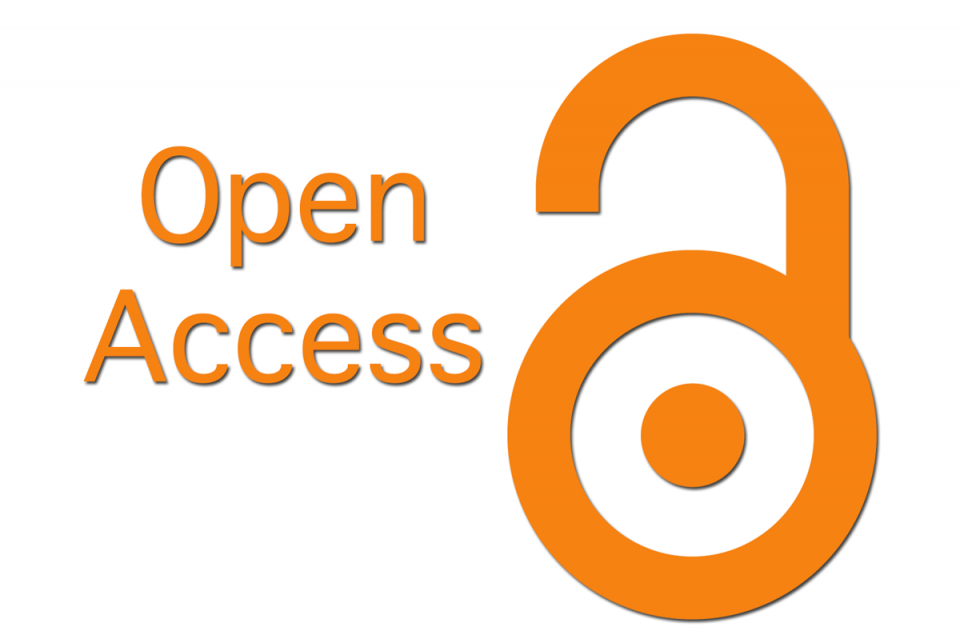FUNCTIONAL ORGANIZATION OF SOMATOSENSORY AND AUDITORY PROCESSING IN THE CEREBRAL CORTEX: INSIGHTS FROM FMRI AND TYMPANIC MEMBRANE STIMULATION
DOI:
https://doi.org/10.48047/a8jq3m16Keywords:
Somatosensory cortex, Tympanic membrane, Auditory processing, Functional MR, Swallowing mechanismAbstract
This paper explores the functional structure of somatosensory areas of auditory processing within the cerebral cortex. We studied how the activity of temporal and parietal cortical areas was activated by the stimulation of the tympanic membrane by fMRI. The findings depict that there is an important activity in Brodmann areas (BA) 84, 44, and 86, which demonstrates that the temporal superior gyrus and postcentral gyrus are involved in auditory and somatosensory integration. Such results indicate a bilateral influence at the auditory cortex despite unilateral stimulation with implications in the processing of sensory information in ear. The mechanical phases of swallowing and relationship with muscles of the tympanic membrane and Eustachian tube are also examined in the work with special stress on the contribution to acoustic reflexes made by the tensor tympani. Such understandings will be useful in clinical applications, such as the possibility of identifying subclinical auditory perception deficits and avert hearing l
Downloads
References
Afifi AK, Bergmann RA (2005): Functional Neuroanatomy: Text and Atlas. New York: Mc Graw-Hill. 494 p.
Avan P, Loth D, Menguy C, Teyssou M (1992): Hypothetical roles of middle ear muscles in the guinea-pig. Hear Res 59:59–69.
Bluestone CD (1983): Pediatric Otolaryngology. Vol. 1. Philadel- phia: WB Saunders co. 1580 p.
Bluestone CD, Beery QC, Andrus WS (1974): Mechanics of the Eustachian tube as it influences susceptibility to and persistence of middle ear effusions in children. Ann Otol Rhinol Laryngol 83 (Suppl 11):27–34.
Borg E, Nilson R (1984): Acoustic Reflex in Industrial Noise. New York: Academic Press.
Borg E, Zakrisson JE (1975): The activity of the stapedius muscle in man during vocalization. Acta Otolaryngol 79:325–333.
Cerf-Ducastel B, Van de Moortele PF, MacLeod P, Le Bihan D, Faurion A (2001): Interaction of gustatory and lingual somatosensory perceptions at the cortical level in the human: A functional magnetic resonance imaging study. Chem Senses 26:371–383.
Ehrenstein WH (1994): Auditory aftereffects following simulated motion produced by varying interaural intensity or time. Perception 23:1249–1255.
Giraud AL, Truy E, Frackowiak RS, Gregoire MC, Pujol JF, Collet L (2000): Differential recruitment of the speech processing sys- tem in healthy subjects and rehabilitated cochlear implant patients. Brain 123:1391–1402.
Hage SR, Jurgens U, Ehret G (2006): Audio-vocal interaction in the pontine brainstem during self-initiated vocalization in the squirrel monkey. Eur J Neurosci 23:3297–3308.
Hamdy S, Mikulis DJ, Crawley A, Xue S, Lau H, Henry S, Diamant NE (1999): Cortical activation during human volitional swallowing: An event-related fMRI study. Am J Physiol 277:G219–G225.
Howell P, Marchbanks RJ, El-Yaniv N (1986): Middle ear muscle activity during vocalization in normal speakers and stutterers. Acta Otolaryngol 102:396–402.
Hugues GB, Pensak ML (2007): Clinical Otology. New York: Thieme. 528 p.
Job A, Nottet JB (2002): DPOAEs in young normal-hearing subjects with histories of otitis media: evidence of sub-clinical impairments. Hear Res 167:28–32.
Job A, Raynal M, Rondet P (1999): Hearing loss and use of personal stereos in young adults with antecedents of otitis media. Lancet 353:35.
Kierner AC, Zelenka I, Lukas JR, Aigner M, Mayr R (1999): Observations on the number, distribution and morphological peculiarities of muscle spindles in the tensor tympani and stapedius muscle of man. Hear Res 135:71–77.
Kierner AC, Mayer R, Kirschhofer K (2002): Do the tensor tympani and tensor velipalatini muscles of man form a functional unit? A histochemical investigation of their putative connec- tions. Hear Res 165:48–52.
Leblanc A (1998): Atlas des organes de l’audition et de l’e´quilibra- tion. Guide pratique pour l’oto-rhino-laryngologiste. France: Springer-Verlag. XI, 58 p.
Leow LP, Huckabee ML, Sharma S, Tooley TP (2007): The influence of taste on swallowing apnea, oral preparation time, and duration and amplitude of submental muscle contraction. Chem Senses 32:119–128.
Downloads
Published
Issue
Section
License

This work is licensed under a Creative Commons Attribution 4.0 International License.
You are free to:
- Share — copy and redistribute the material in any medium or format for any purpose, even commercially.
- Adapt — remix, transform, and build upon the material for any purpose, even commercially.
- The licensor cannot revoke these freedoms as long as you follow the license terms.
Under the following terms:
- Attribution — You must give appropriate credit , provide a link to the license, and indicate if changes were made . You may do so in any reasonable manner, but not in any way that suggests the licensor endorses you or your use.
- No additional restrictions — You may not apply legal terms or technological measures that legally restrict others from doing anything the license permits.
Notices:
You do not have to comply with the license for elements of the material in the public domain or where your use is permitted by an applicable exception or limitation .
No warranties are given. The license may not give you all of the permissions necessary for your intended use. For example, other rights such as publicity, privacy, or moral rights may limit how you use the material.








